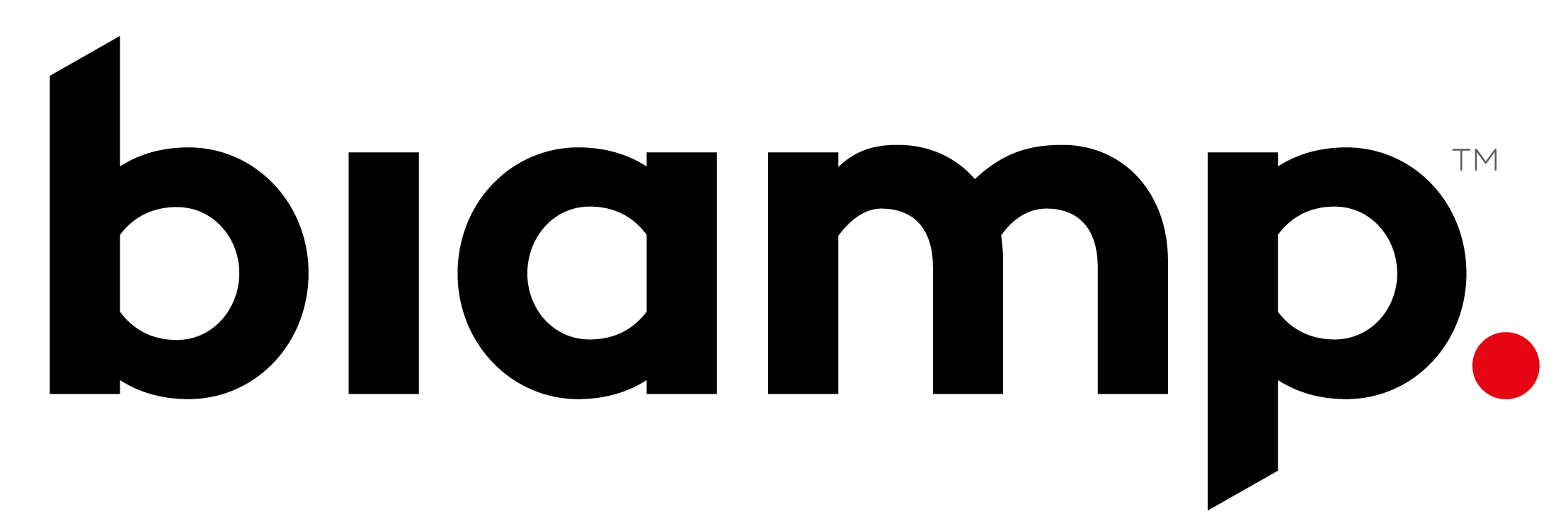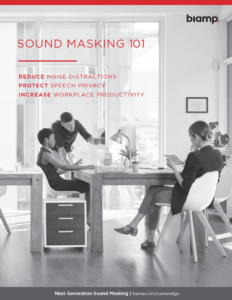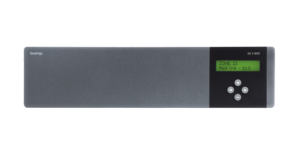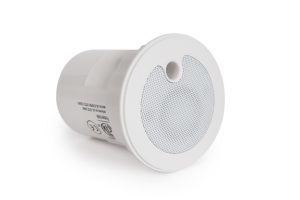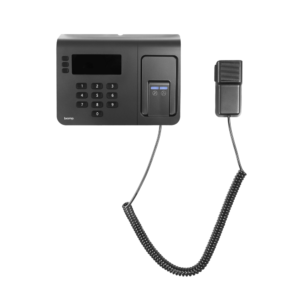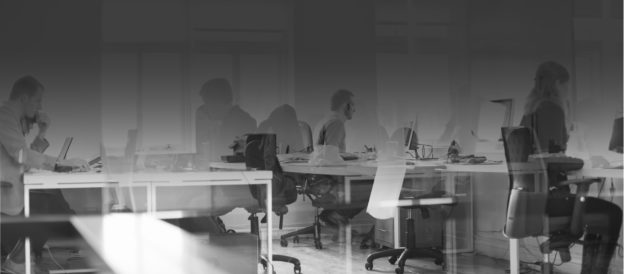In the midst of a global pandemic, we’re unsure when businesses will return to a state of normalcy. But when the “new normal” arrives and employees are asked to once again conduct the majority of their professional activities in the office, there’s likely to be increased focus on staff well-being — both physical and mental.
To that end, sound masking can play a key role in improving an office environment’s overall comfort level, which directly impacts workers’ onsite well-being.
And there are global standards that directly address healthy buildings and employee wellness.
The U.S. Green Building Council (USBGC) and the International WELL Building Institute (IWBI) are the leading construction-industry organizations that advocate globally for healthy-building best-practices.
Each organization features its own set of standards, with criteria-specific credits awarded to construction projects. Building owners can achieve various levels of certification by earning the required credits for each respective standard.
I encourage you to read our new white paper, which provides additional context and links to further information regarding sound masking’s role in the USBGC’s and IWBI’s building standards and their respective certifications.
